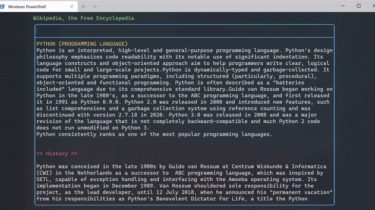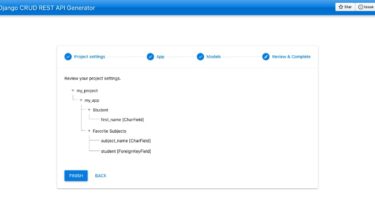Matplotlib: Plot Multiple Line Plots On Same and Different Scales
Introduction Matplotlib is one of the most widely used data visualization libraries in Python. From simple to complex visualizations, it’s the go-to library for most. In this tutorial, we’ll take a look at how to plot multiple line plots in Matplotlib – on the same Axes or Figure. If you’d like to read more about plotting line plots in general, as well as customizing them, make sure to read our guide on Plotting Lines Plots with Matplotlib. Plot Multiple Line […]
Read more






